Contact:
Holly Singleton at 530-510-5000 for more information on Registered Haflinger horses!

Northern California Ranch specializing in Haflingers
![]()
CLICK ON THE STALLIONS NAME TO SEE HIS PAGE FOR MORE INFORMATION
2023 Breeding contract click here printable form here
Haflinger stallions breeding fees are $750 live cover with $200 booking fee ($300 owed at time of cover).
shipped semen is $250 per collection, plus shipping. Mare care is $12 per day, $20/day with foal at mare's side.
Collection done at Flying H Ranch http://www.flyinghranch.com/services.htm
The following stallions and Jacks are for reference only:
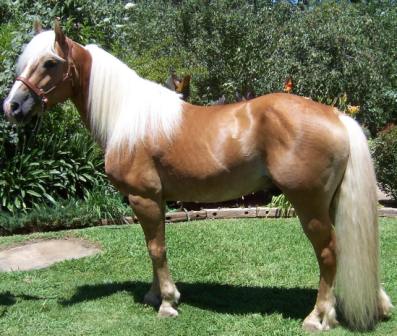 Stately LF,
has been gelded. last two foals due 2023
Stately LF,
has been gelded. last two foals due 2023
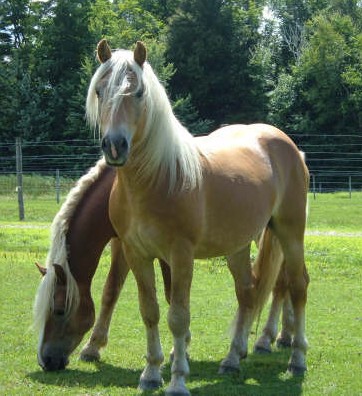 SAMURAI
OF GREEN MOUNTAINS is the sire of many of our 2009 foals
SAMURAI
OF GREEN MOUNTAINS is the sire of many of our 2009 foals
Samurai is the sire of Flutterby, Sloan, Spice, Chiraz, Calipso and A-Slurpy
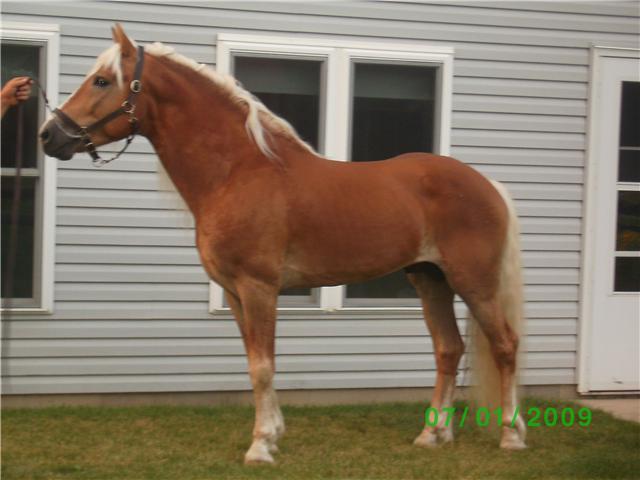 WORLD CLASS has been gelded, reference stallion for his foals.
WORLD CLASS has been gelded, reference stallion for his foals.
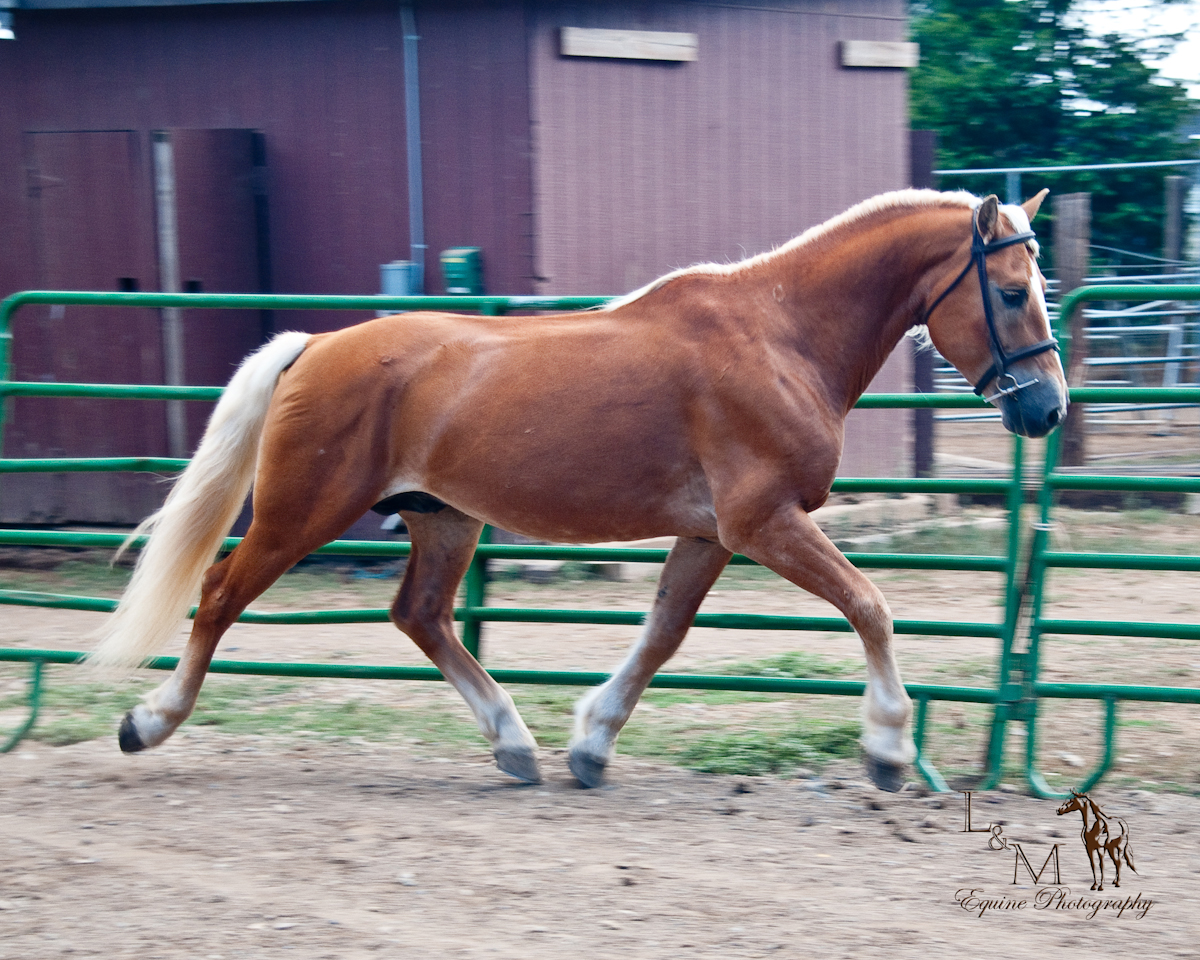 Socrates is
our reference stallion for his foals Hayabusa, Piroette, Cipher, Sloan, Syrus
and Sakira
Socrates is
our reference stallion for his foals Hayabusa, Piroette, Cipher, Sloan, Syrus
and Sakira
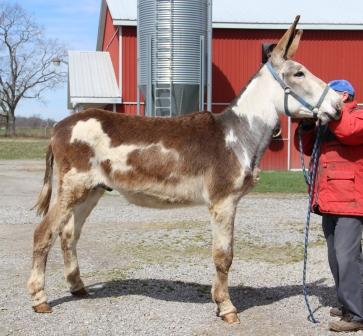 Earl, 15 hand
Mammoth Jack
Earl, 15 hand
Mammoth Jack
.jpg) Charlie, 15.1
hand Mammoth Jack (sold, reference only)
Charlie, 15.1
hand Mammoth Jack (sold, reference only)
Ski Doo
is our reference stallion for his foals C-skibunny, Skiiter, Skyler, C.H and
Destiny.
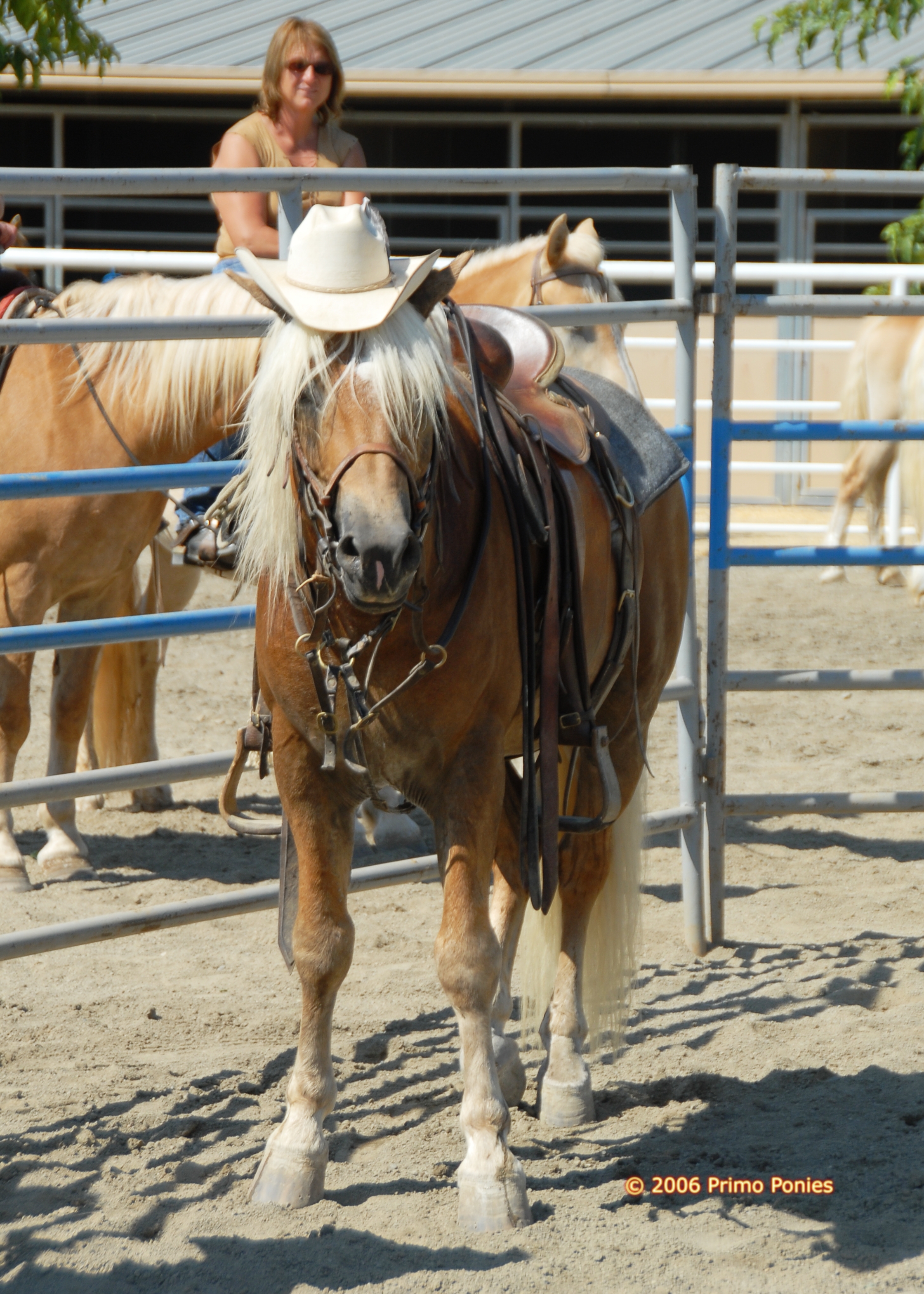 Waldemar TOF
is our reference stallion for his many foals
Waldemar TOF
is our reference stallion for his many foals
Other Haflinger stallions from around the world and some from history: REFERENCE STALLIONS
Sires Lines - Haflingers
There are seven major sire lines found in the Haflinger breed, which are
identified by the first letter of their founder's name. It is customary for male
Haflingers to be given a name that starts with the same letter as their sire,
therefore making it easy to identify the sire line of a given stallion. The
lines are A, B, M, N, S, St, and W.
|
| Anselmo (A) - 304 stallions - 23% |
|
| Bolzano (B) - 38 stallions - 3% |
|
| Massimo (M) - 236 stallions - 18% |
|
| Nibbio (N) - 313 stallions - 23% |
|
| Stelvio (S) - 37 stallions - 3% |
|
| Student (St) - 297 stallions - 22% |
|
| Willi (W) - 114 stallions - 8% |
The A-line was founded by the stallion Anselmo, who was by Campi II x Napoli by Campi, making him the closest descendent of Folie of all the patriarchs. His line is second only to the N-line in numbers of breeding stallions, and is strongly represented in all countries with Haflinger breeding programs. Many consider this line to be the source of the highest quality breeding animals.
Anselmo himself was considered somewhat coarse, with long ears (a serious fault to Austrian breeders). Nonetheless, four of his sons proved to be successful sires: Atlas, Alex, Attila and Adler. Of these, the line is continued through Artist, a grandson of Adler. Artist, when bred to the mare Jeruse (also by Adler) produced Afghan (1969) - the greatest of modern Haflinger sires. Sadly, Afghan died at the young age of ten of a broken leg.
The B-LineThe B-line was founded by Botzano (1915). By 1965, the line was in serious danger of being lost to the breed, and an attempt was made to salvage using Bozen, one of the few B-line sires left. His grandson, Becket (out of a mare by Anselmo), would sire Brutus in 1976. Brutus was considered the first quality stallion bred from that line since its decline. However, when his most promising son Benjo (1980) died after three short breeding seasons, the line was again threatened. Currently attempts are being made to save it using the stallions Bach and Berthol (both sire by a half-brother to Becket). The United States now has one Silver Classified "B" line stallion and there are more being tested to increase this rare line. The M-Line
The M-line was founded with the stallion Massimo (1927). He sired six sons through which most M-line stallions descend. Of these, Nilo was probably the one most responsible for the continued influence of the line. Although Nilo himself was not an attractive horse, he consistently sired foals far superior to himself. Nilo's sons were responsible for adding fineness and nobility, as well as broadening the genetic base of the breed. Most M-line stallions trace back to Nilo through his son Sturmer (who also heavily influenced the A-line through his daughters), with the remainder tracing through the stallions Mordskerl and Meteor.
Some have stated that the M-line was in danger of stagnating. The largest number of M-line horses (most descending through Sturmer) reside in the United States, which does not practice the strict selection process common in Germany and other European countries. Dire predictions have been made concerning the future of this branch if proper selection is not practiced.
Of the remaining two branches, that of Meteor is mostly continued in Italy, and is considered to be of slightly higher quality. But it is the Mordeskeri line that show the most promise through his great-great grandson Midas (1977). Midas caused quite a sensation at the Second International Haflinger Breeders' Show in 1985, where 20 of his daughters and 12 of his sons were displayed.
[Note: Because many M-line stallions were bred in Italy, where stallion of a given year are all named by the same letter, not all have names that begin with M.]
The N-LineThe founder of the N-line was a stallion named Nibbio (1920). By the 1940s, the line had split into two branches - that of Naz in Germany and Austria, and Nautilus in Italy. The Naz line was primarily continued through two full brothers, Nastor (1951) and Nerz (1953). Another Naz son, Naxo (1952) would be responsible for introducing the N-line to the United States. Meanwhile, in Italy the Nautilus line would continue primarily through three sons: Genius, Hofrat and Hafling. (Remember that in Italy stallions are named according to the letter designated for the year they were foaled, instead of by the first letter of their sire's name.)
The N-line is one of the most prolific of all the Haflinger lines, represented by over 300 stallions worldwide. Of those stallions, 250 are found in either Germany or Italy.
The S-LineThe S-line, begun in 1923 with the stallion Stelvio, has long been considered the weakest of the seven sire lines. It is thought that to bring the line up to an equal level of quality with the other sire lines at this point would require a great deal of time and expense. Those stallions remaining of the S-line are located primarily in Italy and descend through the stallion Santner and his son Sandhofer. In the 1960s, an attempt was made to build up this line in Austria with the purchase of the stallion Saturn (1964). His grandson Silbersee (1972) was considered quite promising, but was sold in 1987 to France where he was used to outcross on non-Haflinger stock. As of 1988, there were no known S-line stallions in the United States. Now there are a few. Socrates (now deceased) was recognized by the world judges as a Silver classified stallion his sire Schonbin Honig produced three strong sons. Samurai of Green Mountains, Socrates and Ski Doo. Currently there is one "s" line stallion who is world recognized imported into Oregon at Wing Spann Farms. (Serpico). He has been gelded but his semen is frozen and available. Sky's the Limit WSF is now standing at our farm and is by the Austrian sire Skorpion. The St-Line
The St-line was founded by the highly regarded stallion Student (1927). Student was considered extremely typey and a proponent sire. His line is close to the Anselmo and Nibbio lines in terms of number and influence.
Most of the St-line stallions descend through the Student son Stromer. Stromer was Austrian-born, but was eventually sold to Italy and there his line was allowed to die out. Stromer's grandsons Starost and Sturm have continued the line in Switzerland, while Star is responsible for most of the St-line stallions in the United States. In fact, the United States currently has the most St-line stallions of any country, with one of the large American farms (Temple Farms - no dispersed) specializing in this line. Sons of Star that influenced American breeding programs include Easter Sunday and his sons Stardraft (1975) and Strahan (1974), Starwonder and his sons Stogey (1973) and State (1975) and also his grandson Stanley (by Spirit of 76).
In Austria, the line continued through Stromer grandson Sturmer. Although Sturmer died relatively young at eight years of age, three of his sons were kept as breeding stallions. Another line descends from Strom (1949 - a son of Stromer).
The United States has some excellent ST stallions. Stars N Stripes TOF (stands at Tudor Oaks Farm) Standard of Excellence and his son Stelaka PHHF, and Stellar TVR son of Straden. Stately LF son of Stubben NTF
The W-LineThe final Haflinger sire line was established by the stallion Willi (1921). Unfortunately, Willi produced far more daughters than sons - 23 versus 196. Of his sons, four were kept for breeding. Of these four, one died after only two breeding seasons, while a second was placed in a breeding region with low quality mares and a third - Willi I - was exported to Syria. his line was continued briefly by Wilfried through his son Wieland. Although Wieland was considered an exceptionally beautiful stallion, his dam was unpedigreed and this caused many breeders to avoid him.
Willi's fourth son was Wardein, and he had the exception maternal pedigree that Wieland lacked. Although his breeding career got off to a late start (in 1958, when he was already 20 years old!), he become known for producing energetic animals with extremely correct movement.
Wardein's sons and grandsons would spread the line to other countries. His son Winchester (1957) went to Germany, where he produced several promising sons. Austria kept sons Wilton and Wirbel. Wilton would bring the line to Italy through his grandson Sigrid did Faltering, as well as having a great deal of positive influence on the line in Austria. His descendent Wagering (1980) is considered an excellent example of this sire line.
Another strain tracing back to Willi is that of his grandson Welcome. Welcome is a popular breeding stallion in the Netherlands, although he is considered too coarse by many Austrian breeders. Many of the W-line stallions in the United States and Canada trace to Welkom through his son Wandor (1973). More recently, an American breeder imported a son of Winterstein, (Walzertakt) a popular Austrian stallion that traces back to Willi through the Wardein branch. The influence of Walzertakt in the US lead to 3 recognized classified sons who help make the W line strong. One of these stallions is World Class who stands here at Top of the Line Farms.






